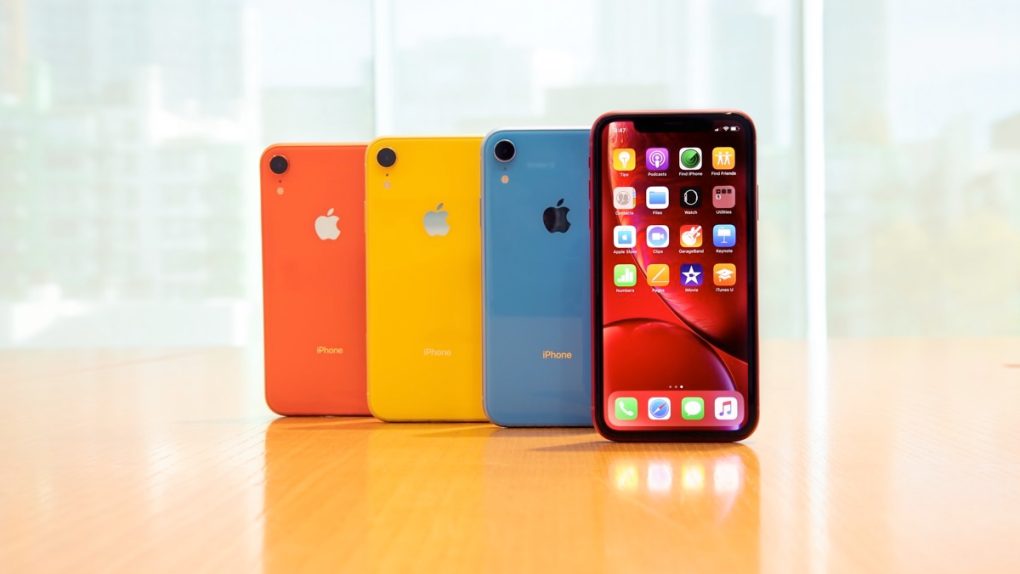Two of the three new iPhones that Apple released last September feature OLED screens like the one found in the first iPhone X handset. But the cheaper iPhone XR features an LCD screen, a move that helped Apple reduce the manufacturing costs for this model. In 2019, Apple is expected to launch three new phones that will be the direct successors of these handsets, keeping in place the same strategy when it comes to displays. OLED screens will be used for the premium iPhones, while the iPhone XR successor should feature an LCD screen. Next year, however, Apple will reportedly equip all new iPhones with OLED displays.
In a report detailing the financial struggles of Japan Display, The Wall Street Journal explains the Japanese display manufacturer is hurting because of Apple’s iPhone.
The iPhone maker was Japan Display’s top customer in the fiscal year that ended in March 2018, accounting for more than half of the company’s sales. But Japan Display only manufactures LCD screens, which means that it can’t provide components for the iPhone XS phones launched last September. Furthermore, the iPhone XR has fallen short of Apple’s expectations, the Journal says, and Japan Display is directly affected.
The report goes on to mention that the 2020 iPhone lineup will only feature OLED screens, as these screens “allow for more flexible handset design,” according to people who are supposedly familiar with Apple’s production plans. Other details about next year’s iPhones were not disclosed in the report, and it’s unclear how many different iPhone models Apple has planned for 2020.
Japan Display is in advanced talks with investors from China as a result, since the Japanese government can no longer finance the company and is willing to cede some control to foreign corporations.
Japan Display does offer some advantages to investors. The company still provides LCD screens for other iPhone and iPad models. Moreover, Japan Display has extensive experience mass-producing low-temperature polysilicon sheets, a component that improves the energy efficiency in displays and makes them refresh faster.
The parties that will invest up to $550 million in Japan Display include TPK from Taiwan and the Chinese state-owned Silk Road Fund. The terms of the deal are not final, but Japan Display hopes to announce an agreement as soon as mid-February. However, one person involved with Japan Display’s business plans said the infusion of capital from China might not help the company, “as it relied too much on iPhones and it didn’t do enough to change.”
Samsung is the primary provider of OLED screens for Apple’s iPhone XS phones, and the top smartphone OLED producer in the world. LG also won orders for OLED displays this year, with other companies rumored to increase investments in OLED manufacturing plans in an effort to win iPhone orders.








